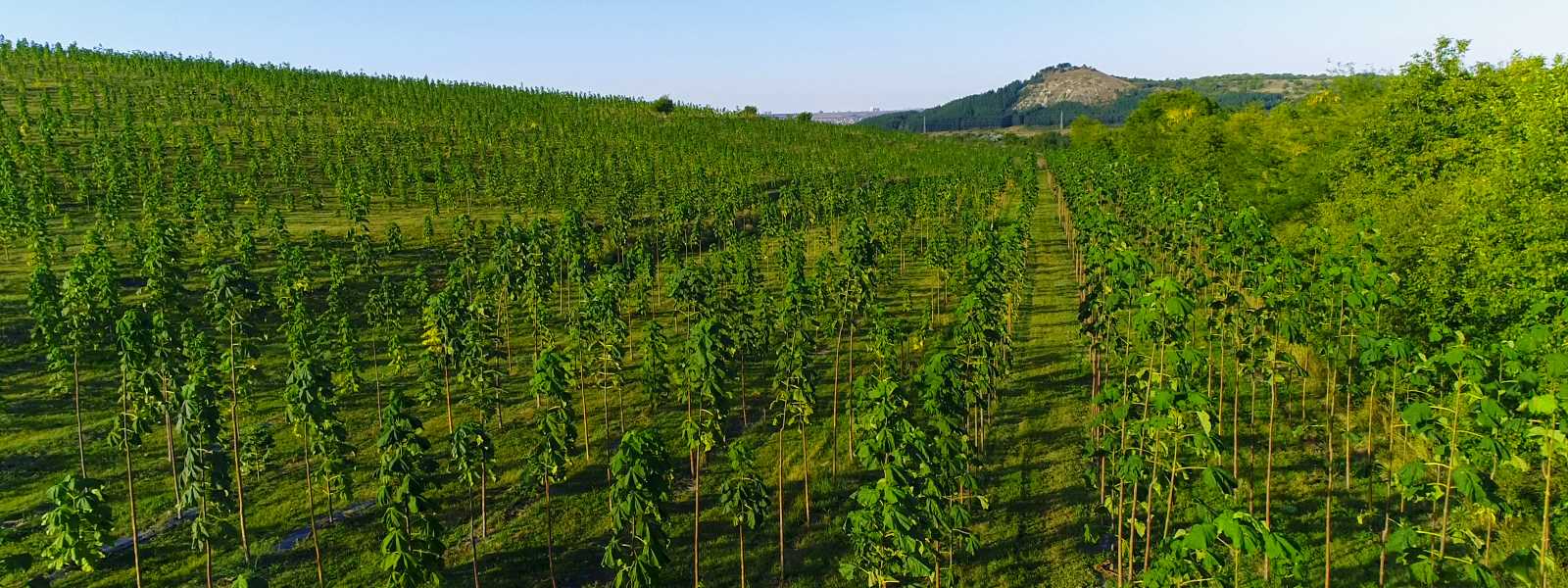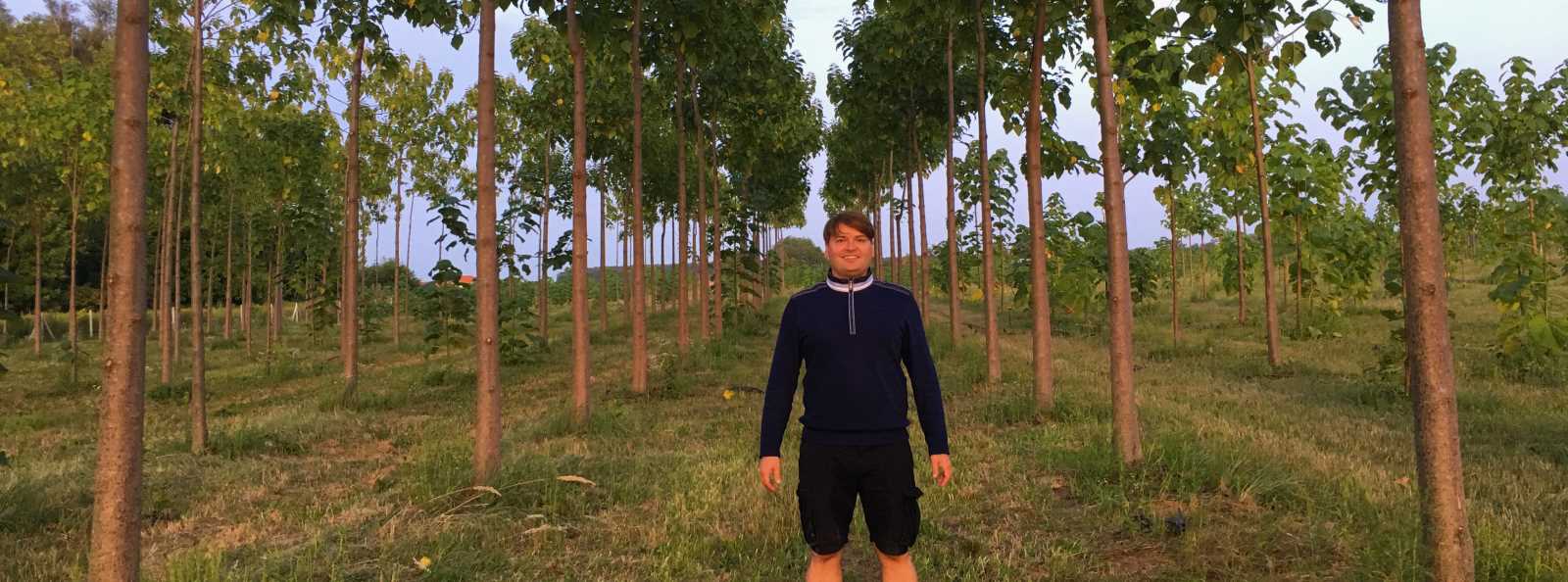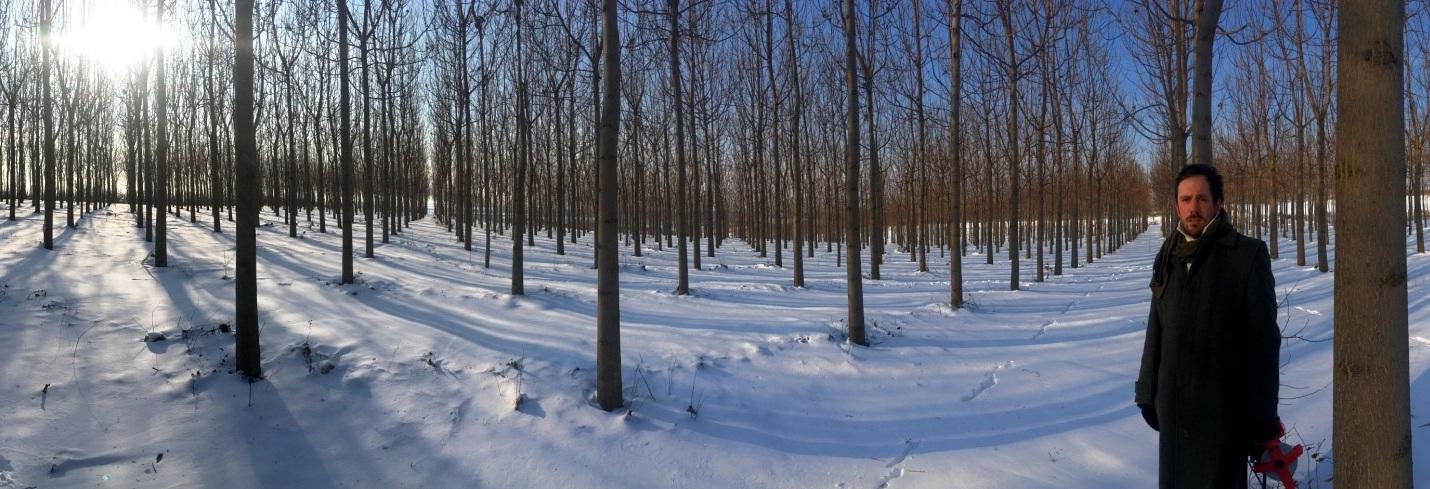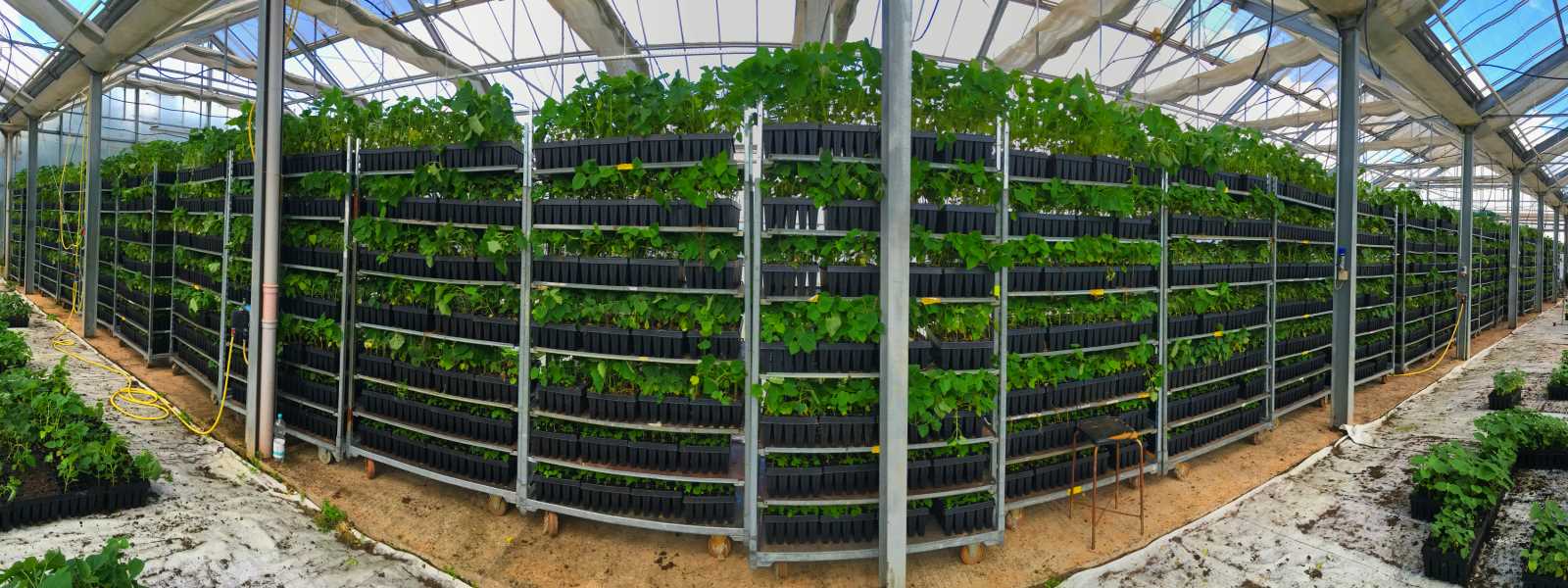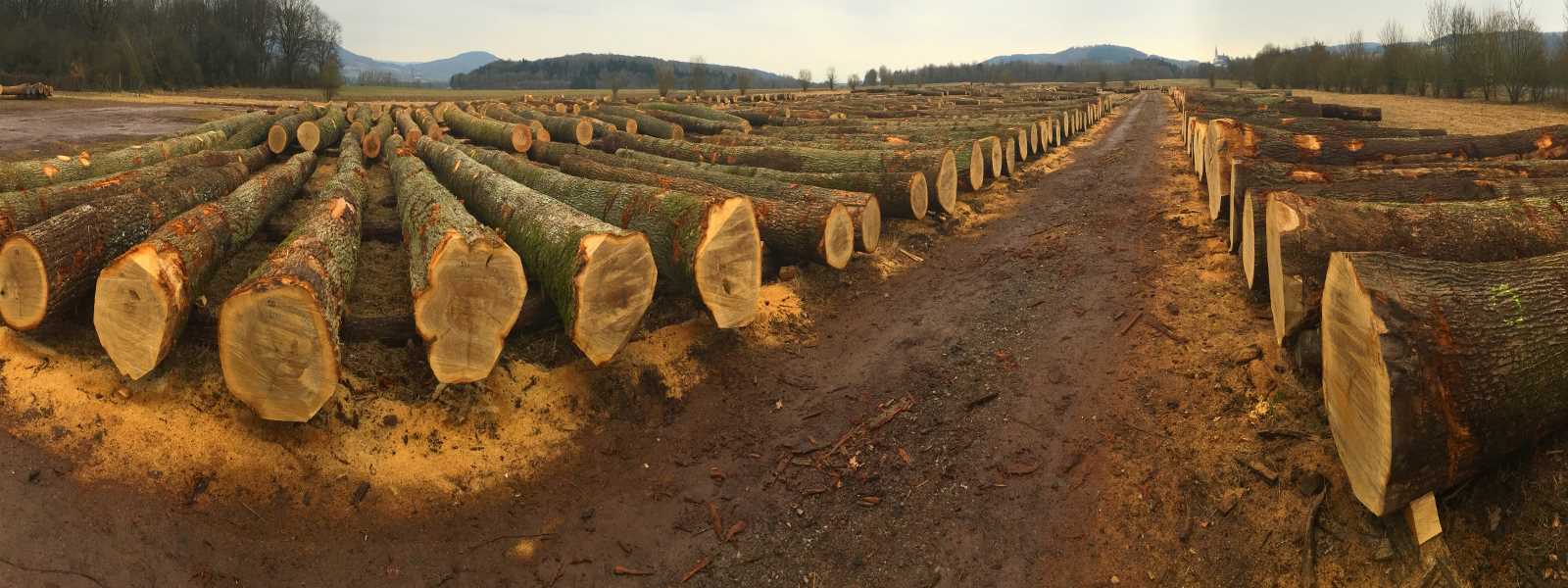Your strategy decides
Selection of a suitable planting scheme
There can be two different cultivation strategies for Paulownia.
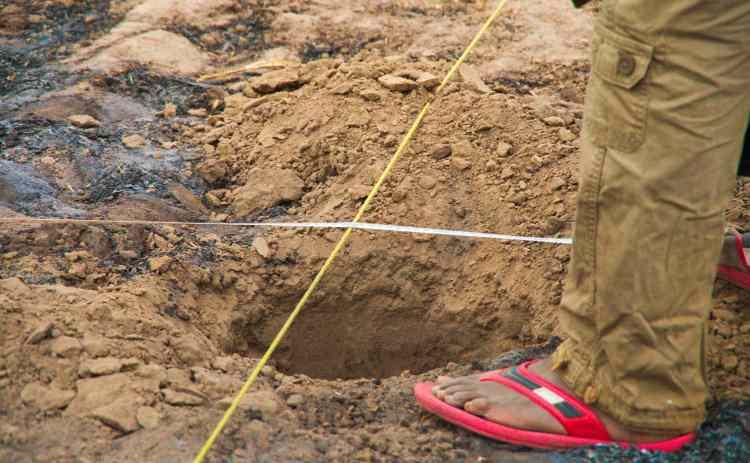
1. Paulownia - Biomass plantation
Paulownia plantations for biomass production are usually planed with a planting scheme of 1.5 × 3 m. In very growth encouraging location and high solar radiation planting distances of 2 × 2 m are theoretically possible, but the narrow row spacing is problematic for the mechanization of work, as most agricultural vehicles no longer fit in between the lines. A planting distance of 1.5 × 3 m corresponds to the number of plants of 2,222, the closer spacing of 2 x 2 m corresponds to 2,500 Paulownias per hectare.
Biomass plantations can be harvested in three to four years of growing, where the first growth cycle should be one year longer. This ensures that the Paulownia is sufficiently well developed in order to provide high yields for several cycles.
2. Paulownia - Value timber plantation
While the number of trees planted in the biomass plantations equals the number of harvested trees, at the value timber production a higher number of Paulownias get planted than are to be harvested later. Depending on the growth behavior one or more thinnings of the trees are being done. This helps the selection of the most valuable trees and the concentration of mass increase on them. Due to the higher density of the stock it is also achieved that the trees grow straight upwards and are free of branches. Furthermore, the trees of the stock, the so-called Z-Trees, grow uniform tree-rings. Uniformly wide tree rings over the entire tree trunk cross section are one of the most important value-adding timber properties besides the lack of side branches.
The number of crop trees strongly depends on the location and the sunlight intensity. For the Paulownia a number of 416 Z-trees has proven optimal for most locations. These 416 Paulownias spread ideally with a final distance of 6 x 4 m.
To achieve this there are two main possibilities. In the first variant, 833 Paulownias are planted on hectare at a distance of 3 × 4 m. After about a half of the growth cycle the thinning is done to achieve the final distance.
In the second variant 1,250 Paulownias are planted at a distance of 2 × 4 m. To achieve the number of trees two thinnings are needed to be distributed over the entire growth cycle.
The former of the two variants is characterized by lower planting costs due to the lower number of plants. Disadvantages in this case are especially the low control options in the control of tree-ring growth, the less choice in the selection of the most valuable crop trees and the low quality of the resulting thinning timber.
In the second variant more precise control of the growth of crop trees is possible by two time-separated thinning steps. Due to the age of the plantation felling of valuable trees can be expected in the second thinning. This may thus constitute the first revenue before the final harvest of Paulownia plantation. Especially in areas where an increased risk of frost damage to the stems of Paulownia is expected, but also in all other areas the higher number of plants provides an increased possibility for selection of the most valuable Z-trees. The slightly higher planting costs at the installation of the plantation are relative due to the higher yield of resulting Paulownia plantation.

